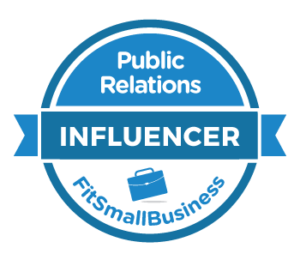Some people wonder how I find time to contribute to a number of blogs and still get my “day job” done. The answer is, I love to write and I also find it therapeutic. Plus, blogging is pretty much part of my job these days.
There is a feeling of great freedom that comes with being able to write about anything I want. And I find inspiration in some pretty odd places. For example, not long ago I wrote about the juxtaposition of comedy and tech PR, after hearing a great routine on the comedy channel of Slacker Radio.
While running just the other day, and listening to Slacker on my BlackBerry, I heard another great routine from the now deceased George Carlin that reminded me of my work.
Carlin was about as left as you can get, and was radical and anti-business in his views. I found much of his stuff over bearing and preachy, and not laugh out loud funny – amusing at best. But I did love his love of words, and he famously chronicled hypocrisy, and how we torture language.
The bit I heard was about euphemisms, and how an ad-driven culture waters down language and makes it needlessly complex. He starts:
I don’t like words that hide the truth. I don’t like words that conceal
reality. I don’t like euphemisms, or euphemistic language.
And American English is loaded with euphemisms. Cause Americans have a
lot of trouble dealing with reality. Americans have trouble facing the
truth, so they invent the kind of a soft language to protect themselves
from it, and it gets worse with every generation.
He cites as an example how the phrase “shell shock” morphed to battle fatigue, operational exhaustion, and finally post-traumatic stress disorder. In the process, he said, the pain is completely buried under jargon. He advocates simple, honest and direct language.
These words can just as easily apply to tech PR and marketing. Examples of confusing terminology abound in enterprise tech. Why say “enterprise data center” when you can say “computer department?” Why “seamless, end-to-end connectivity” when you can say “works together?” Or “cheap parts” instead of “commercial, off-the-shelf components.”
And who it to blame for the evolution of jargon? Some might say analysts craft jargon this to justify their existence; corporate marketing departments use it, because they are caught up in the culture and want to sound like others; and of course, some might point their fingers at marketing and PR agencies – they coin words to differentiate and use jargon to make clients sound like they are in with the in crowd (or sometimes out of sheer cluelessnes and lack of understanding about what they are pitching).
I blogged on this topic previously, at Fusion PR Forum. I’ll be coming back to it again soon, so please stay tuned and feel free to share your thoughts on it.
By the way, if you too are interested in comedy and PR, you should stop by Newsvetter and check out Andrew Fowler’s toons and observations.


